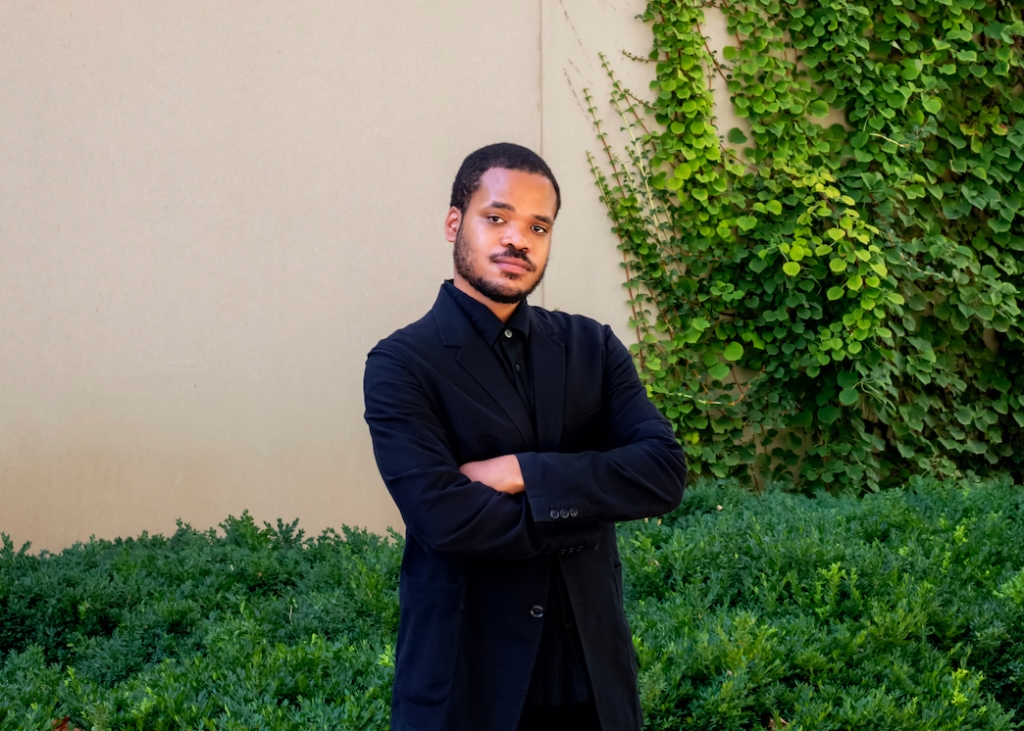 Jordan Carter. Photo Lori Sapio
Jordan Carter. Photo Lori Sapio
The Dia Art Foundation, a New York–based organization known for its prized collection of Minimalist and Conceptual art, has named Jordan Carter as its new curator. Set to begin this December, Carter is currently an associate curator of modern and contemporary art at the Art Institute of Chicago, where he organized a Ray Johnson survey due to open in late November.
Over the past two decades, the Dia Art Foundation has made a push to diversify its holdings, which have long skewed white and male. It wasn’t until 2002 that Dia, first founded in 1974, acquired pieces by Agnes Martin, making them the first works in its holdings by a woman. And it wasn’t until the 2010s that the foundation began adding works by Jack Whitten and Charles Gaines, the first Black artists to enter Dia’s collection.
But slowly, Dia:Beacon, the foundation’s grand museum in Upstate New York, has showcased with increasing regularity art by under-recognized figures like Kishio Suga, Sam Gilliam, and Dorothea Rockburne alongside room-size installations by well-known artist like Michael Heizer, Walter De Maria, and Robert Morris. In an interview, Carter said he is interested in “expanding the canon and telling the untold stories of the period. It’s work that Dia has really committed to.”
A specialist in Fluxus and Conceptual art, Carter has been at the Art Institute of Chicago since 2017, when he joined as an assistant curator. Since then, his focus has often been work by Black artists, with solo shows devoted to Ellen Gallagher, Benjamin Patterson, and Richard Hunt. A forthcoming exhibition curated by Carter at the museum will spotlight the work of stanley brouwn, an under-recognized Conceptualist whose work often enlisted unconventional forms of measurement.
[Jordan Carter on the Future of the Museum]
Prior to the Art Institute of Chicago, Carter had been a curatorial fellow at the Walker Art Center in Minneapolis. He has also held positions at the Studio Museum in Harlem and the Centre Pompidou in Paris.
“Jordan Carter brings with him broad expertise in the period of art history that sits at the core of Dia’s collection,” said Jessica Morgan, Dia’s director, in a statement. “His curatorial interests also offer a vital expansion of this period and its enduring influence on contemporary art, that will be key to Dia’s programming in the coming years.”
Carter said that he aims to continue growing our understanding of that era of art history. “The ’60s and ’70s are in no way an exhausted period,” he noted, adding, “It’s really about championing, expanding, and questioning, and that questioning is really at the core of Dia’s values and really at the core of Conceptual art in general.”
Source link : https://www.artnews.com/art-news/news/dia-art-foundation-jordan-carter-1234604548












